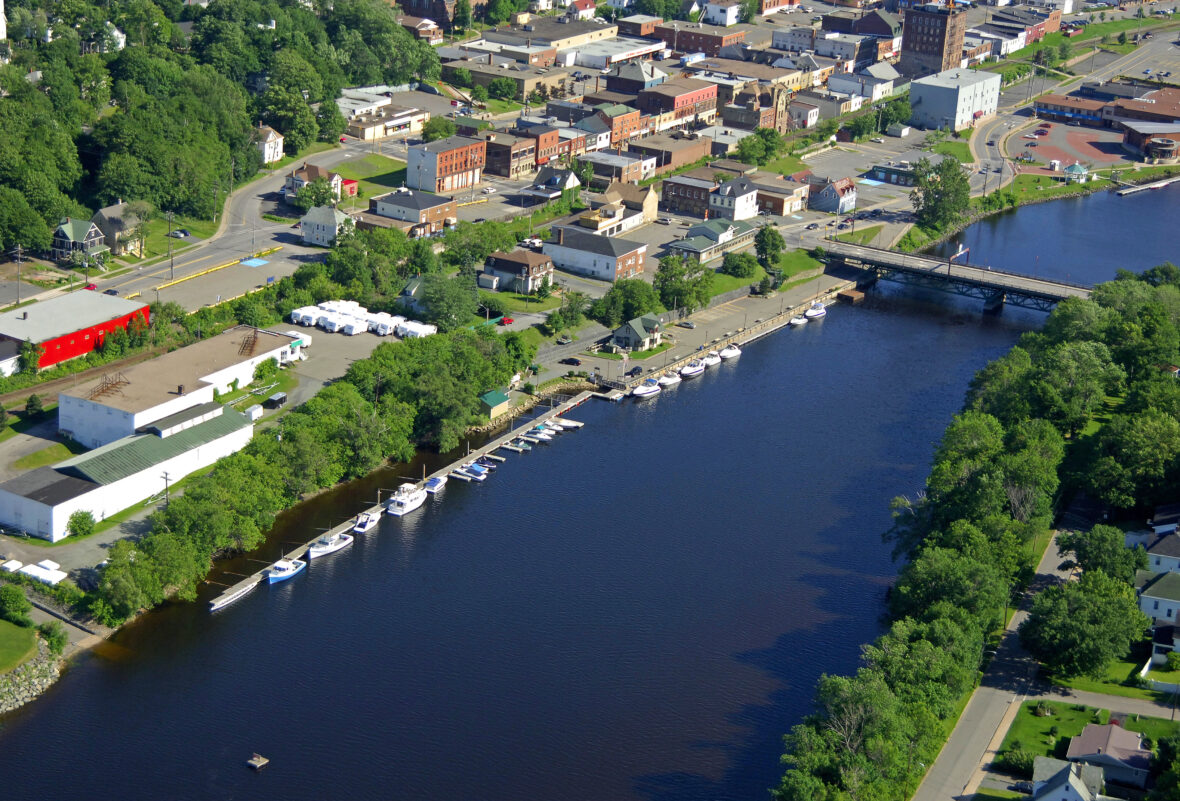New Glasgow is a town in Pictou County, in the province of Nova Scotia, Canada. It is situated on the banks of the East River of Pictou, which flows into Pictou Harbour, a sub-basin of the Northumberland Strait. Take a look below for 28 interesting and amazing facts about New Glasgow, Nova Scotia, Canada.
1. The town’s population was 9,075 in the 2016 census.
2. New Glasgow is at the centre of the province’s fourth largest urban area; the population of the New Glasgow census agglomeration in the 2016 census was 34,487.
3. The New Glasgow census agglomeration includes the smaller adjacent towns of Stellarton, Westville, and Trenton as well as adjacent rural areas of the county.
4. Scottish immigrants, including those on the ship Hector in 1773, settled the area of the East River of Pictou during the late 18th and early 19th centuries.
5. Deacon Thomas Fraser first settled the area at the head of navigation on the East River of Pictou in 1784. The settlement was officially named “New Glasgow”, after Glasgow in Scotland, in 1809, the same year its first trading post was developed.
6. The discovery of large coal deposits in the East River valley during the early 19th century saw New Glasgow, at the head of navigation, quickly develop into a manufacturing and port community.
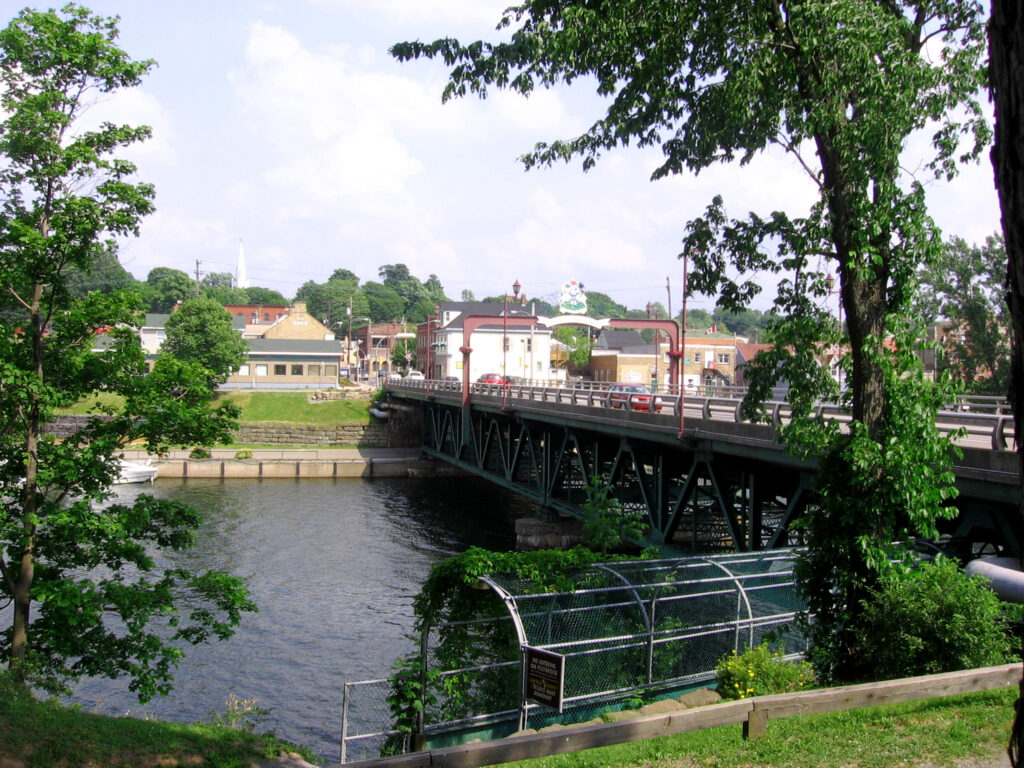
7. In 1829, a horse-drawn tramway was built using standard gauge rails from the settlement of Albion Mines (now Stellarton) to a wharf near New Glasgow. This was the first use of standard gauge rails in what would become Canada.
8. On September 19, 1839, the Albion Railway was opened from Albion Mines to New Glasgow, hauling coal wagons behind steam locomotives such as the Samson along the west bank of the East River of Pictou.
9. This was the second steam-powered railway in what would become Canada and the first to use iron rails. The railway was extended north to a coal loading pier at Dunbar’s Point on May 14, 1840.
10. In 1840, George MacKenzie started the town’s first shipbuilding company, which eventually built or owned 34 vessels; hundreds of ships would later be built along the East River in New Glasgow.
11. In June 1867, the Nova Scotia Railway opened its “Eastern Line” from Truro through New Glasgow to its terminus at the passenger and cargo wharf in Pictou Landing.
12. In 1882 the “Eastern Extension” of the Intercolonial Railway was opened from New Glasgow to Mulgrave on the Strait of Canso, placing New Glasgow on the mainline between Cape Breton Island and the North American rail network.
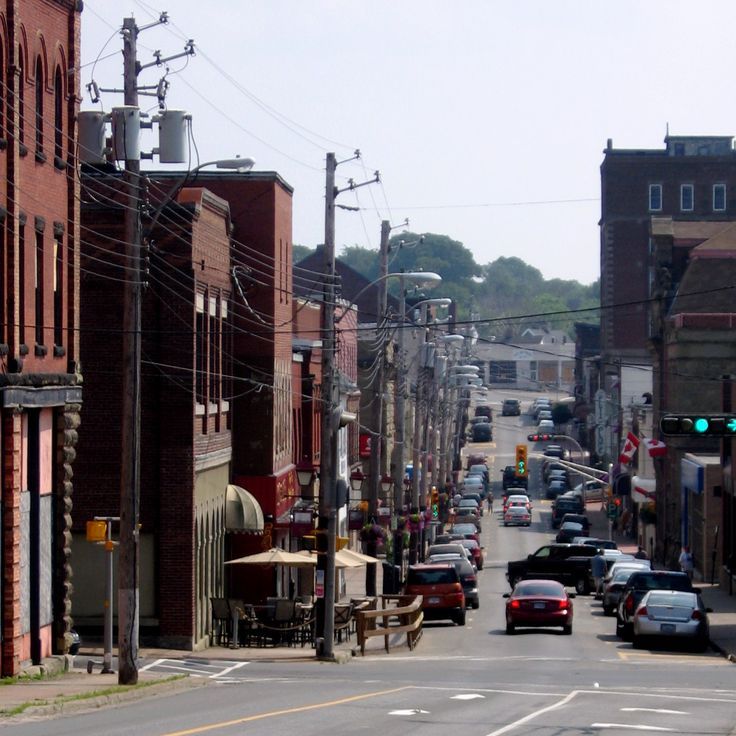
13. Economic development in New Glasgow was driven by the steel industry in neighbouring Trenton (site of the first steel manufacturing in Canada), shipbuilding and shipping in Pictou and Pictou Landing, and coal mining in Stellarton and Westville.
14. After World War I, the famous New York sculptor J. Massey Rhind was commissioned to make the Nova Scotia Highlander soldier cenotaph.
15. In 1946, New Glasgow was the setting for an important civil rights case when Viola Desmond challenged racial segregation of New Glasgow’s Roseland Theatre.
16. New Glasgow became a service centre for the county during the late 20th century as shopping centres, retail and residential development was spurred by the construction of Highway 104.
17. New Glasgow is located on Nova Scotia’s north shore, 165 km (103 mi) northeast of Halifax, 110 km (68 mi) west of the Canso Causeway to Cape Breton and 20 km (12 mi) south of the Prince Edward Island ferry at Caribou.
18. The town can be easily accessed from several exits off the Trans Canada Highway. It is in the Atlantic Time Zone, four hours behind UTC.
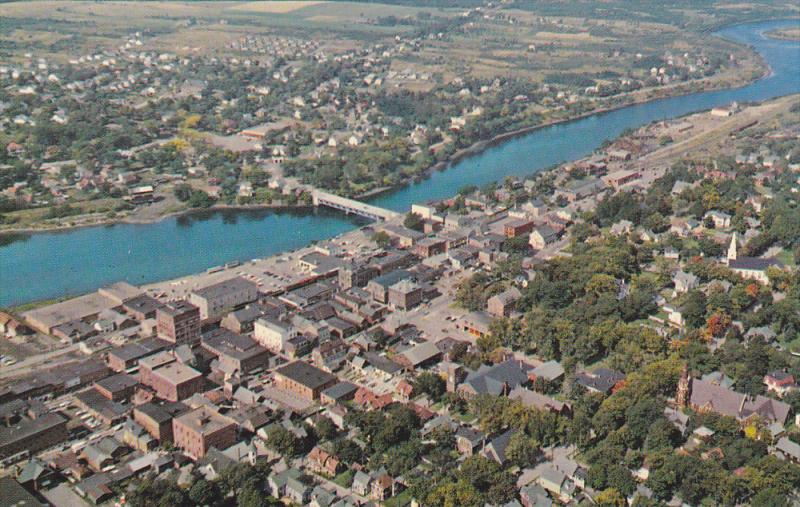
19. New Glasgow is divided by the East River (north – south), a tidal estuary with brackish (salt and fresh) water.
20. The three lane George Street bridge is the only vehicle crossing within town limits and is considered the main entrance into the downtown core on the east side of the river.
21. The closest bridges out of town are the Trenton Connector to the north, the Trans Canada Highway to the south and Bridge Avenue (Stellarton) also to the south.
22. Major employers in the area include the Aberdeen Hospital, a Michelin tire plant in nearby Granton, the Northern Pulp Nova Scotia pulp mill in nearby Abercrombie, and the headquarters of Sobeys, a national grocery chain, in nearby Stellarton.
23. New Glasgow is the commercial hub of northeastern Nova Scotia. Well known chain stores include Sobeys (three locations), Atlantic Superstore, Shoppers Drug Mart, Sears, Staples, The Brick and Canadian Tire.
24. Museums in New Glasgow include the Carmichael Stewart House Heritage Museum, local Military Museum, and local Sports Hall of Fame.
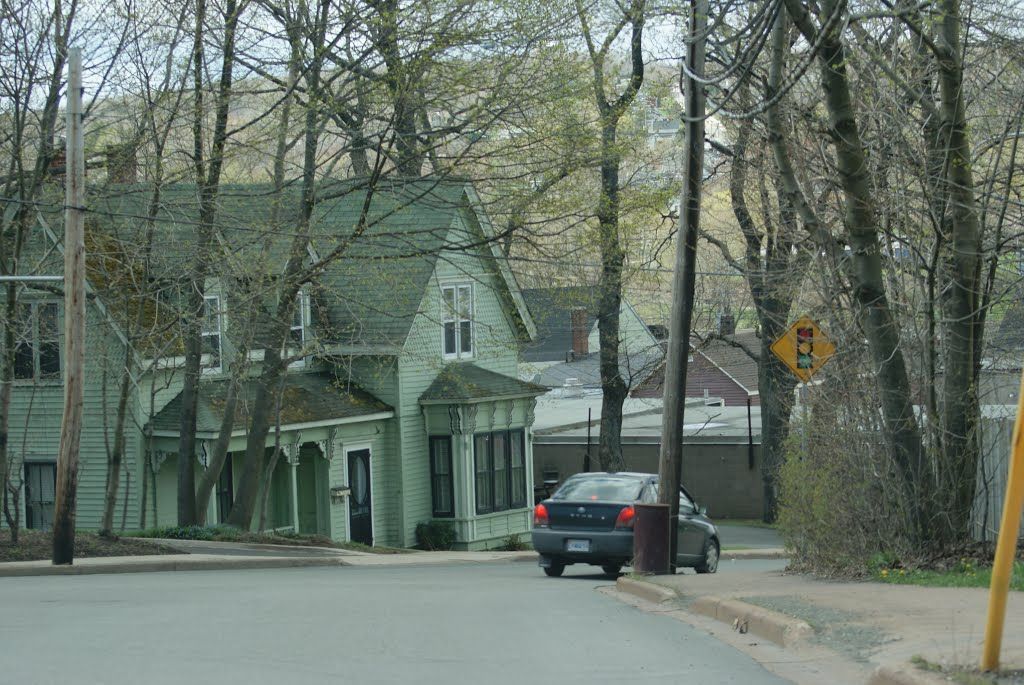
25. The New Glasgow Jubilee features local and national musical acts.
26. The Race on the River features teams representing local companies and organizations paddling along the East River to raise money for local charities.
27. New Glasgow’s oldest summer event, The Festival of the Tartans, is a celebration of the town’s Scottish roots.
28. New Glasgow hosted the 2005 MJAHL All Star game and the 2006 MJAHL Entry Draft. It was announced on December 29, 2006, that New Glasgow would host the 2008 Fred Page Cup, where the Crushers defeated the defending FPC winners from Pembroke, Ontario in the championship game.

